The Mysterious and Abandoned Hashima Island
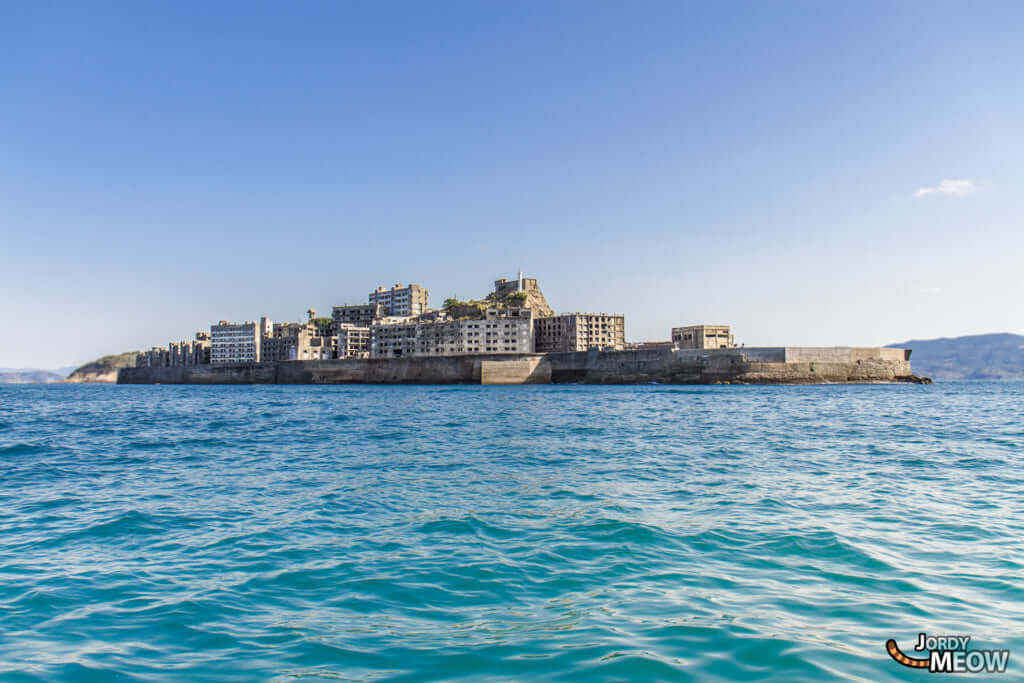
Around 20 kilometres from Nagasaki, the abandoned island of Hashima, also known as Gunkanjima, enjoyed a heyday before suffering a dramatic decline. It is now totally uninhabited but, since 2015, tourists have been able to visit part of the island, which imperceptibly tells the story of its dark past. Once a glorious example of a prosperous mining town, unique in the world, Hashima has been abandoned since 1974, with nature having reclaimed its rights.
Following the discovery of a coal deposit on this insular area of land that’s 480 metres long and 160 metres wide, Mitsubishi bought the site in 1890 and developed a town to accommodate its workforce. Solid concrete was used to strengthen and protect apartment buildings, a school, hospital and other infrastructure against adverse weather conditions. At its peak, Hashima Island housed no fewer than 5259 residents, becoming at that time the most densely populated place in the world.
Over the years, resources began to run out, which led to a decline in activity and the mass departure of islanders, until the very last resident left in 1974. Over the course of a 100 years, the concrete fortress had become dilapidated, declining further every time a typhoon hit. Considered dangerous by the authorities, access to the island was forbidden until 2009.
In 2015, however, this paradise for urban explorers became a tourist attraction. Made popular by Christopher Nolan’s Inception and Sam Mendes’s Skyfall, the island experienced a resurgence of interest. But the majority of the island remains inaccessible. Just one tiny managed area is open to visitors keen to discover a little bit of history which, for better or worse, is still standing.
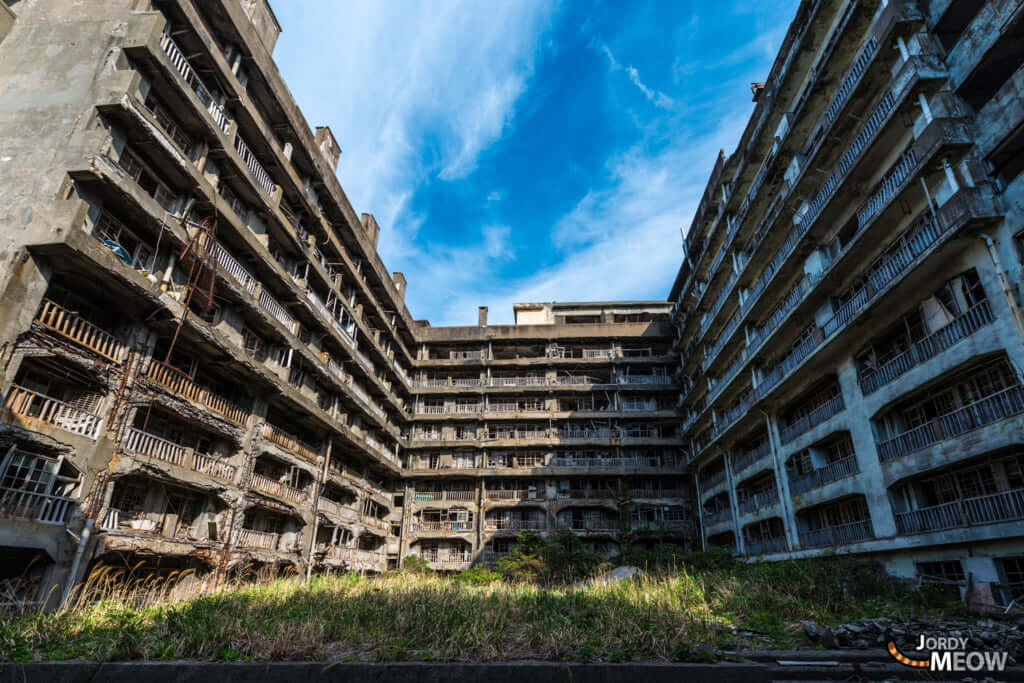
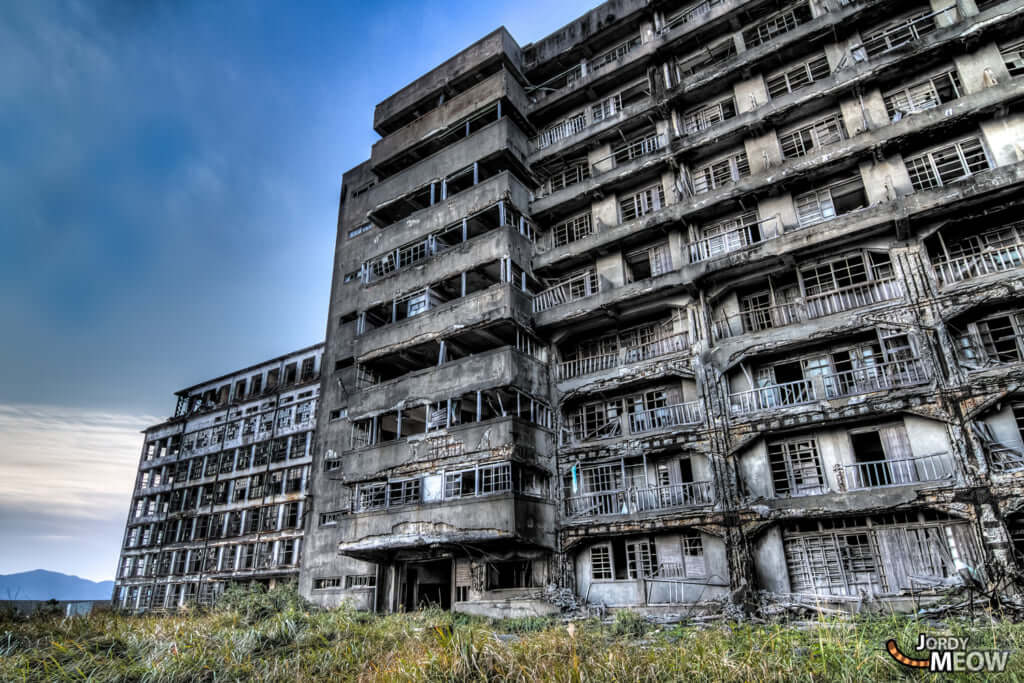
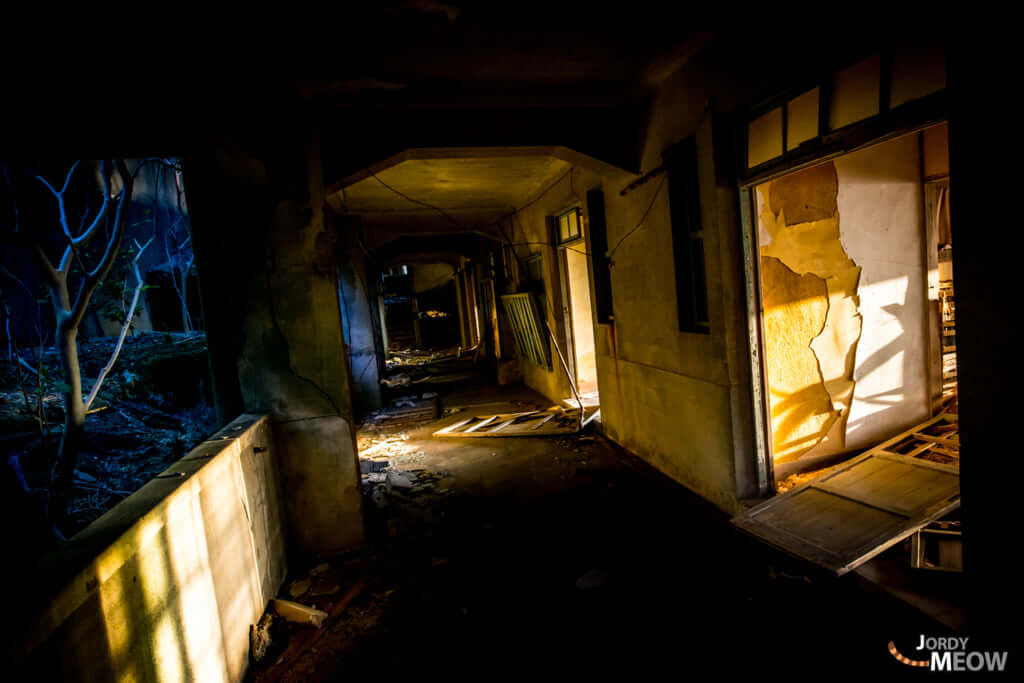
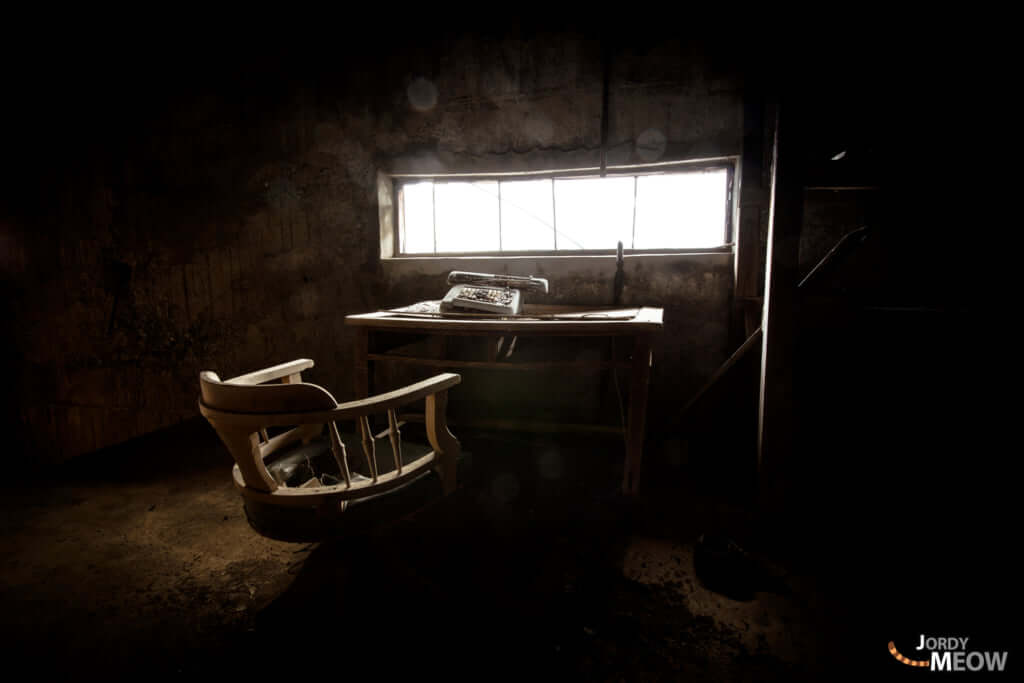
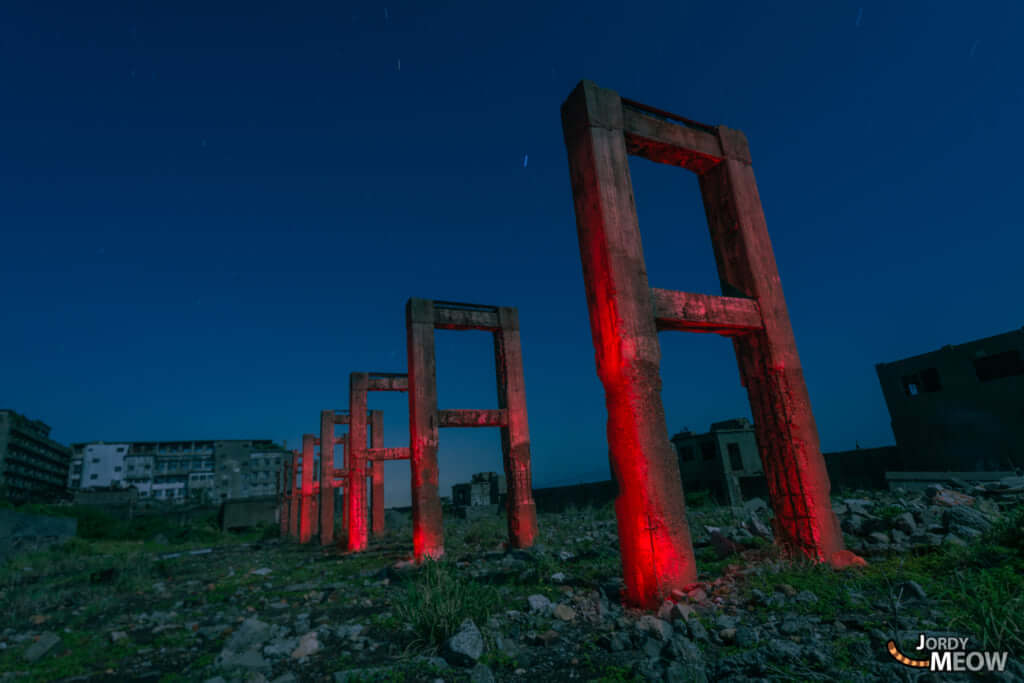
TRENDING
-
A House from the Taisho Era Reveals Its Secrets
While visiting an abandoned building, Hamish Campbell discovered photographs the owner had taken of the place in the 1920s.

-
The Taboo-Breaking Erotica of Toshio Saeki
The master of the 1970s Japanese avant-garde reimagined his most iconic artworks for a limited box set with silkscreen artist Fumie Taniyama.

-
With Meisa Fujishiro, Tokyo's Nudes Stand Tall
In the series 'Sketches of Tokyo', the photographer revisits the genre by bringing it face to face with the capital's architecture.

-
Masahisa Fukase's Family Portraits
In his series ‘Family’, the photographer compiles surprising photos in which he questions death, the inescapable.

-
Hajime Sorayama's Futuristic Eroticism
The illustrator is the pioneer for a form of hyperrealism that combines sensuality and technology and depicts sexualised robots.





